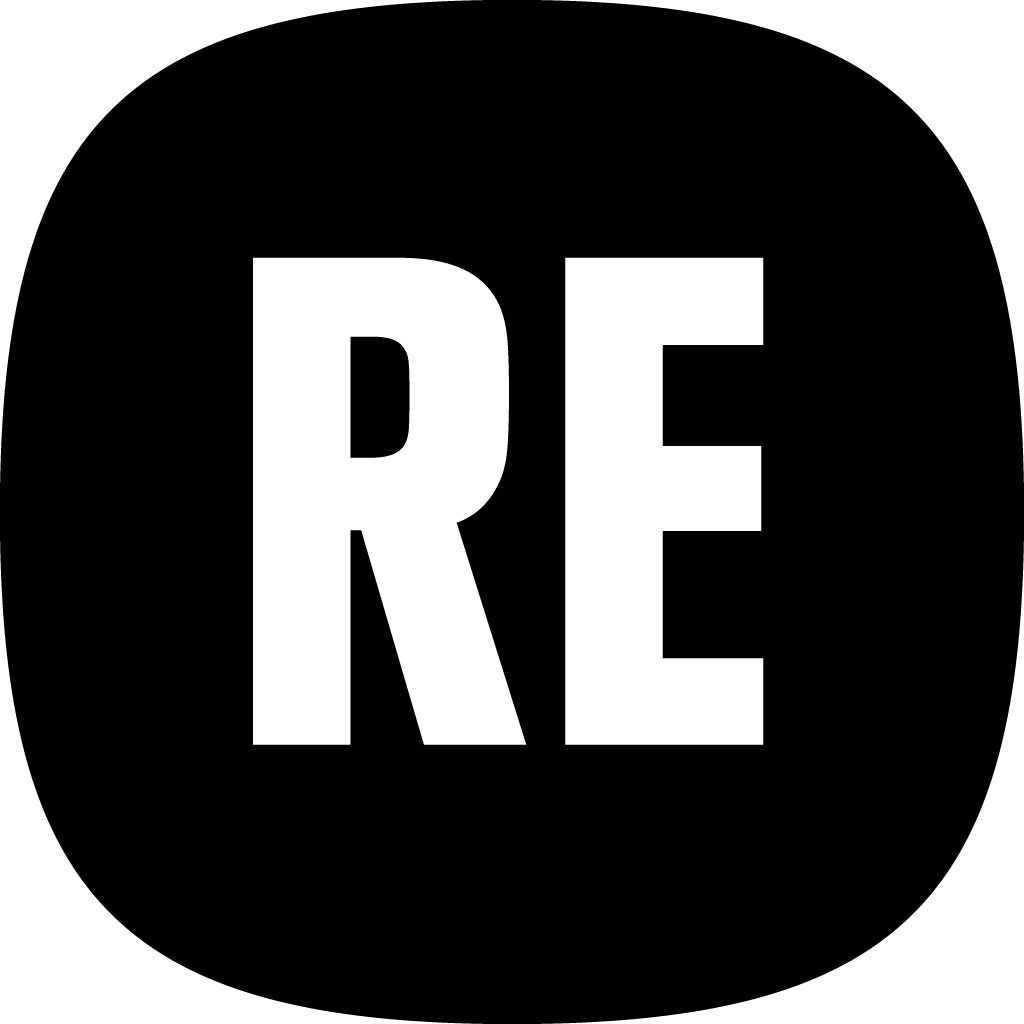Estonian Maritime Museum
.jpg)
WHO
The Estonian Maritime Museum, located in Tallinn, is one of Estonia’s premier cultural institutions, dedicated to preserving and promoting the country’s rich maritime heritage. It serves as a hub for maritime education, research, and public engagement, offering a range of exhibitions, educational programs, and initiatives that deepen understanding of maritime history. As part of its commitment to innovation, the museum integrates modern technologies into its operations, ensuring that its offerings remain relevant to contemporary audiences. It also plays an active role in reshaping the cultural heritage sector by pioneering new approaches to collaboration and technological integration.
WHAT
The Estonian Maritime Museum is leading an innovative co-creation initiative that fosters collaboration among cultural heritage institutions (CHIs), the tech sector, and educational organizations. This initiative focuses on developing tailored digital solutions for museums, such as ticketing systems, interactive exhibitions, visitor tracking, and educational tools. Instead of relying on off-the-shelf products or solutions, the museum takes an active role in the development process by working closely with developers and educators to ensure that the resulting products meet the specific needs of the museum and its visitors. This approach addresses key challenges in the cultural sector, including the demand for customized tools that enhance educational experiences and improve operational efficiency.
HOW
The museum’s co-creation process involves a strategic, multi-stakeholder approach. Key strategies include forming partnerships with tech companies, cultural institutions, and educators to ensure that the digital solutions are both innovative and applicable to the needs of the sector. The museum follows an open innovation approach, where it actively contributes to the development of these solutions by providing insights based on its expertise in maritime heritage and educational outreach. Additionally, the museum has developed internal training programs to equip its staff with the skills needed to participate in the creation of these technological solutions. The project also explores new business models, including profit-sharing arrangements, that ensure long-term sustainability and equitable risk distribution. Legal agreements are also put in place to address intellectual property concerns and financial contributions. The museum measures success through key performance indicators, such as the successful launch of co-created products and the development of a replicable business model for similar collaborations.
Through this innovative model, the Estonian Maritime Museum is not only advancing its own digital infrastructure but also demonstrating how cultural institutions can become active partners in technological innovation. By aligning its efforts with the growing tech sector in Estonia, the museum is helping position cultural heritage institutions as key contributors to the national digital economy.
PROBLEM SOLVED
The Living Lab process itself presented several challenges for the Estonian Maritime Museum. During the co-ideation phase, a lack of awareness regarding the potential of co-creation and a perceived sense of competition between museums initially hindered collaborative efforts. To address this, the museum organized dedicated sessions to explain co-creation principles and highlight the mutual benefits of partnership. In the prototype phase, the museum encountered technical limitations in sourcing and integrating accurate 3D models for their augmented reality (AR) educational tool. A significant pivot was also necessary when the initial plan to use students' own devices for the AR solution proved infeasible due to technical requirements, necessitating a shift to providing museum-owned devices. The testing phase was constrained by the limited availability of AR devices and the need to refine instructional materials based on initial feedback from teachers and students. As the Living Lab moved into its second iteration, unforeseen budget cuts within the Estonian museum sector ultimately led to the discontinuation of their planned collaborative project, underscoring the financial vulnerabilities faced by cultural institutions in pursuing innovative ventures.

.jpg)
Share